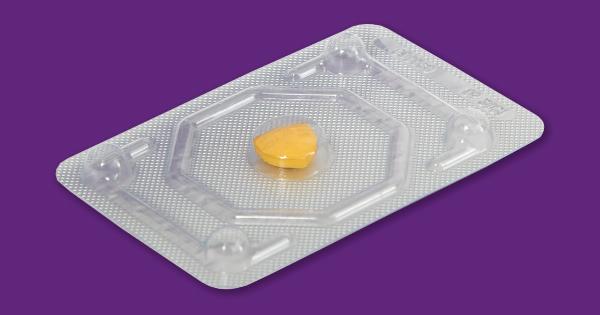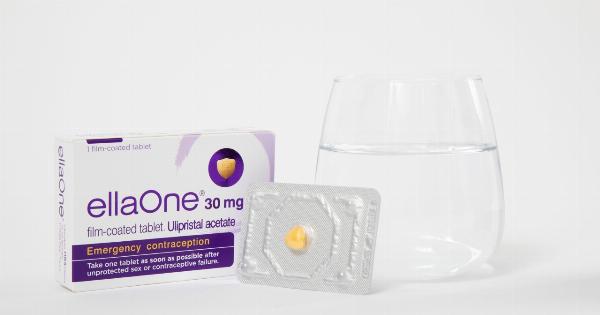After the delivery of a child, a woman has several options when it comes to birth control. It’s important to consider these options carefully, as they can have a significant impact on a woman’s overall health and well-being.
Types of Birth Control
There are several types of birth control that are available to women after giving birth:.
Barrier Methods
Barrier methods are physical barriers that are used to prevent pregnancy. They include condoms, diaphragms and cervical caps.
Barrier methods can be effective in preventing pregnancy if used correctly and consistently, but they do not protect against sexually transmitted infections (STIs).
Progestin-Only Birth Control
Progestin-only birth control options include the mini-pill, progestin-only injections and progestin-containing intrauterine devices (IUDs).
These methods work by thickening cervical mucus to prevent sperm from reaching and fertilizing an egg, and they may also prevent ovulation. Progestin-only methods are generally safe for breastfeeding women, as they do not affect milk production. However, progestin-only birth control can have side effects such as irregular bleeding, headaches and weight gain.
Combined Hormonal Birth Control
Combined hormonal birth control methods contain both estrogen and progestin. They can include the combination pill, the patch and the vaginal ring. These methods prevent ovulation and thicken cervical mucus.
Combined hormonal birth control can be effective in preventing pregnancy, but it may not be recommended for women who are breastfeeding or who have certain medical conditions, such as a history of blood clots or stroke.
Copper IUD
A copper IUD is a long-acting, reversible birth control option that is inserted into the uterus. The device works by preventing sperm from fertilizing an egg and may also prevent implantation of a fertilized egg.
A copper IUD can be an effective form of birth control for up to 10 years, but it does not protect against STIs.
Tubal Ligation
Tubal ligation, also known as having your tubes tied, is a surgical procedure that permanently blocks the fallopian tubes, preventing pregnancy.
This procedure is permanent and should only be considered if a woman is certain that she does not want to have any more children.
Vasectomy
Vasectomy is a surgical procedure that is performed on men. It involves cutting or blocking the vas deferens, which are the tubes that carry sperm from the testicles to the penis.
This procedure is considered a permanent form of birth control and should only be considered if a man is certain that he does not want to father any more children.
Choosing the Right Birth Control Method
Choosing the right birth control method after giving birth depends on a number of factors, including a woman’s overall health, lifestyle and personal preferences.
It’s important to discuss any concerns or questions with a healthcare provider to determine which method is best suited to each individual’s needs.
Conclusion
There are several birth control options readily available after childbirth, and it’s important for women to choose wisely.
Discussing each method with a healthcare provider and weighing the pros and cons of the different options is important in deciding which method is right for individual’s needs.






























